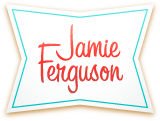Behind the Story: A Good and Honorable Thief
“A Good and Honorable Thief” is the third of three short stories in my short story collection A Little Bit of Love. I really enjoyed the historical research I did for my novel With Perfect Clarity, and when I decided to put out a small short story collection I thought why not set one in…
